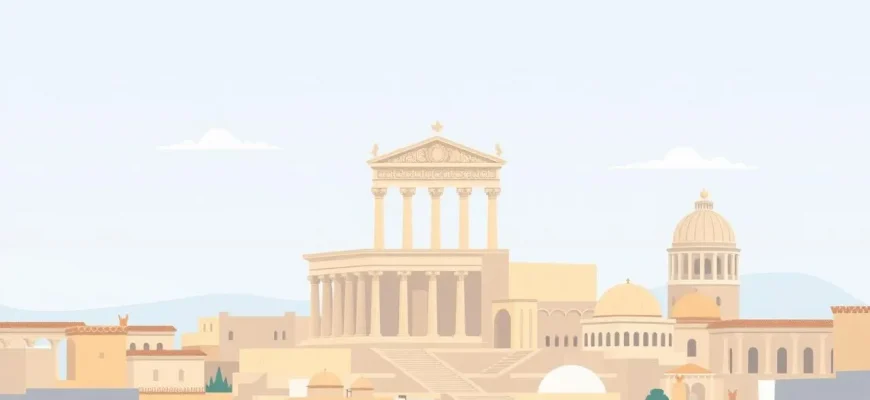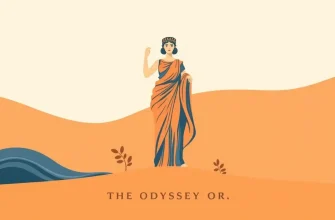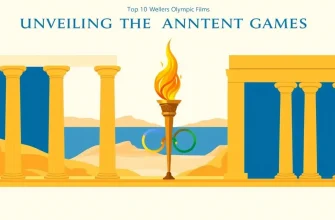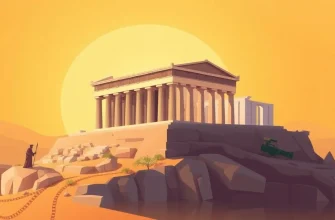Step back in time with our curated selection of the best historical films that delve into the vibrant world of ancient cities. These cinematic masterpieces not only entertain but also educate, offering a window into the past where empires rose and fell, and where the seeds of modern civilization were sown. From the grandeur of Rome to the philosophical debates of Athens, these films capture the essence of ancient polis life, making history come alive in a way that textbooks simply can't.
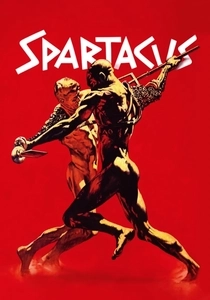
Spartacus (1960)
Description: "Spartacus" tells the story of the Thracian gladiator who led a slave revolt against the Roman Republic. It's a tale of resistance, freedom, and the struggle for dignity, set against the backdrop of Rome's might.
Fact: The film was one of the first to credit its screenwriter, Dalton Trumbo, after he was blacklisted during the McCarthy era.
 Watch Now
Watch Now 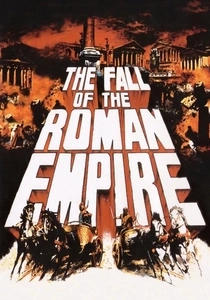
The Fall of the Roman Empire (1964)
Description: This epic film explores the decline of the Roman Empire, focusing on the political and military aspects that led to its downfall, offering insight into the governance and societal structure of ancient Rome.
Fact: The film was one of the most expensive of its time, with a budget of $
 Watch Now
Watch Now 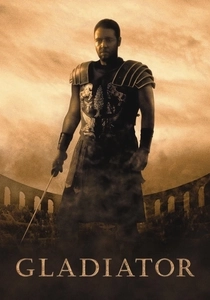
Gladiator (2000)
Description: "Gladiator" offers a glimpse into the heart of the Roman Empire, focusing on the life of a betrayed general turned gladiator. It's not just about the battles in the Colosseum but also about the political intrigue and the quest for vengeance, encapsulating the spirit of Rome's ancient polis.
Fact: The film won five Academy Awards, including Best Picture, and its battle scenes were inspired by real historical events.
 Watch Now
Watch Now 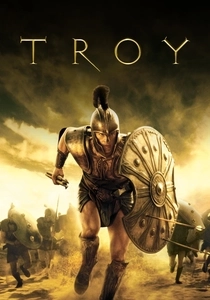
Troy (2004)
Description: "Troy" transports us to the legendary city of Troy, where the epic battle for love and honor unfolds. This film, based on Homer's Iliad, showcases the siege of Troy and the heroism of its defenders, making it a quintessential watch for anyone fascinated by ancient Greek warfare and mythology.
Fact: The film was shot in Malta, Mexico, and England, with the set of Troy being one of the largest ever built for a movie.
 Watch Now
Watch Now 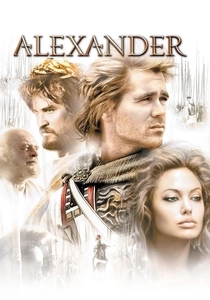
Alexander (2004)
Description: "Alexander" chronicles the life of Alexander the Great, from his upbringing in Macedon to his conquests that spread Greek culture across the known world. It's a sweeping epic that captures the essence of ancient city-states and their interactions.
Fact: The film was shot in locations that included Morocco, Thailand, and England to represent the vast territories Alexander conquered.
 Watch Now
Watch Now 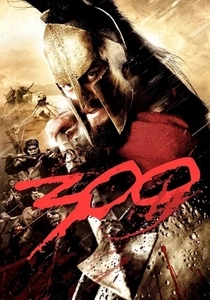
300 (2006)
Description: This film dramatizes the Battle of Thermopylae, where 300 Spartans held off a massive Persian army. "300" is a visually stunning portrayal of Spartan discipline, valor, and the concept of the polis as a community of warriors.
Fact: The film was shot almost entirely on a green screen, with the background and effects added in post-production.
 Watch Now
Watch Now 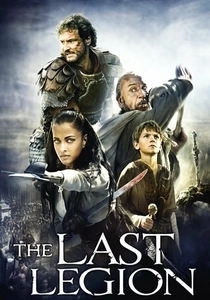
The Last Legion (2007)
Description: While primarily set in the late Roman Empire, "The Last Legion" touches on the transition from the Roman polis to the medieval era, offering a bridge between ancient and medieval history.
Fact: The film features a young Colin Firth as a Roman officer, and it was shot in various locations including Slovakia and Tunisia.
 Watch Now
Watch Now 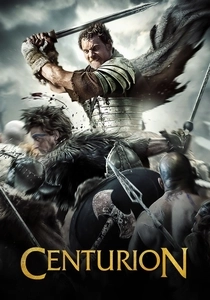
Centurion (2010)
Description: "Centurion" follows the Ninth Legion as they face off against the Picts in Roman Britain. It's a gritty depiction of the Roman military machine and the challenges of maintaining control over distant polis.
Fact: The film was inspired by the historical disappearance of the Ninth Legion, one of Rome's most famous military mysteries.
 Watch Now
Watch Now 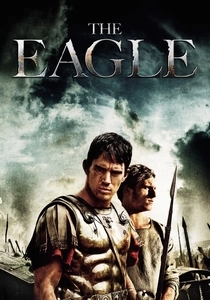
The Eagle (2011)
Description: Set in Roman Britain, "The Eagle" explores themes of honor, duty, and the clash between Roman and Celtic cultures. While not directly about a polis, it reflects the Roman influence on ancient cities and their governance.
Fact: The film is based on the novel "The Eagle of the Ninth" by Rosemary Sutcliff, which itself draws from historical events.
 Watch Now
Watch Now 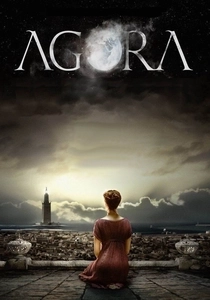
Agora (2009)
Description: "Agora" focuses on the life of Hypatia, a philosopher in Alexandria, showcasing the intellectual and religious turmoil of the time. It's a poignant look at the decline of classical learning in ancient cities.
Fact: The film was shot in Malta, with the set of the Serapeum library being a highlight of the production design.
 30 Days Free
30 Days Free 
